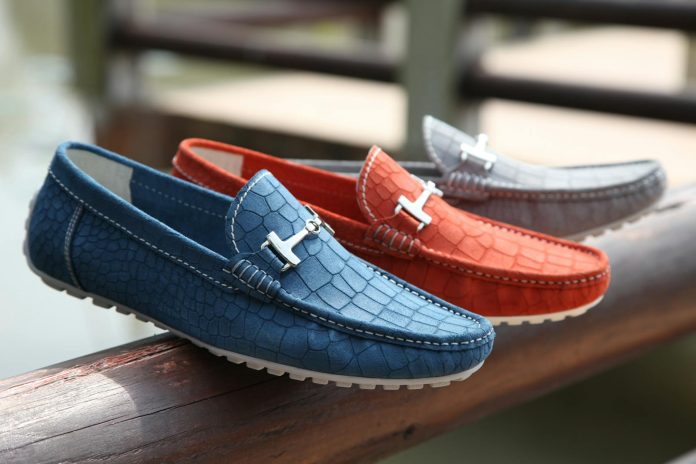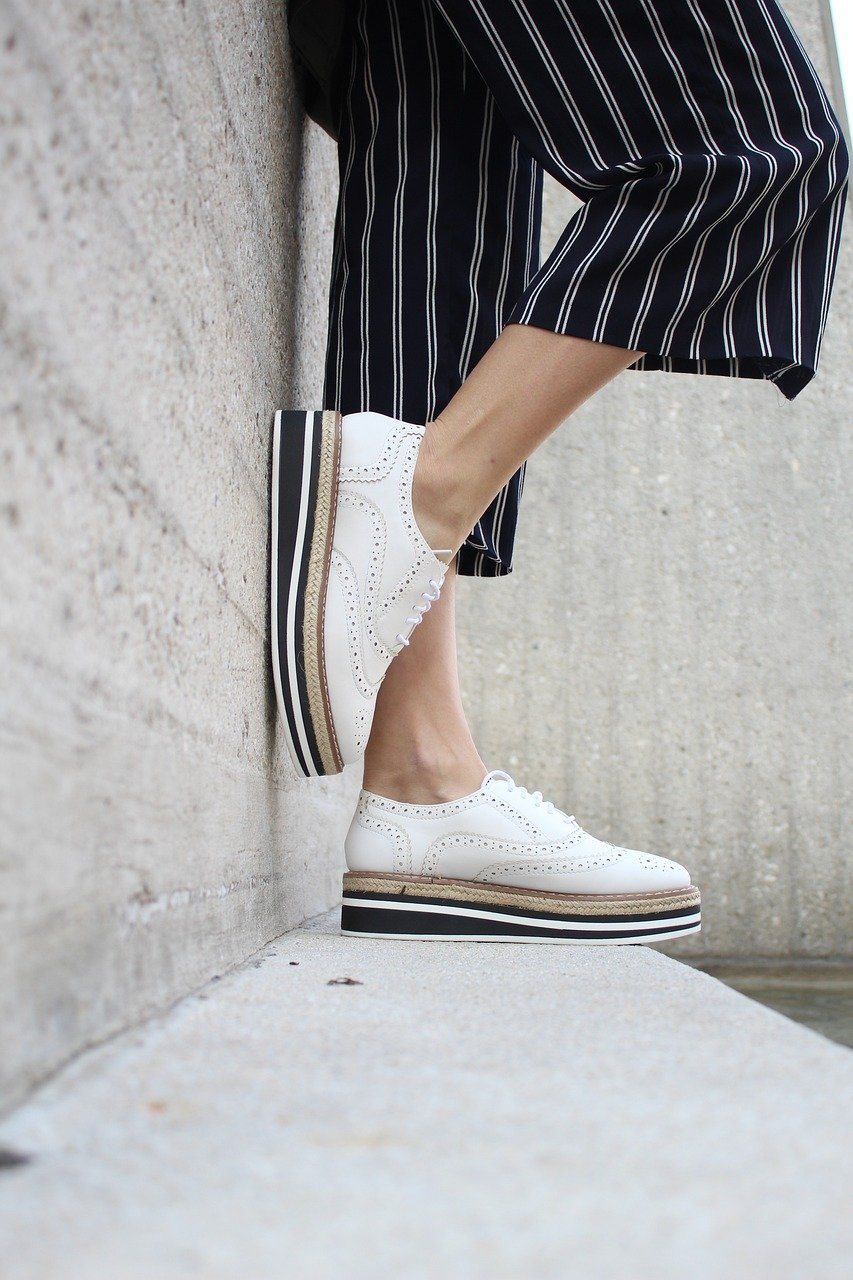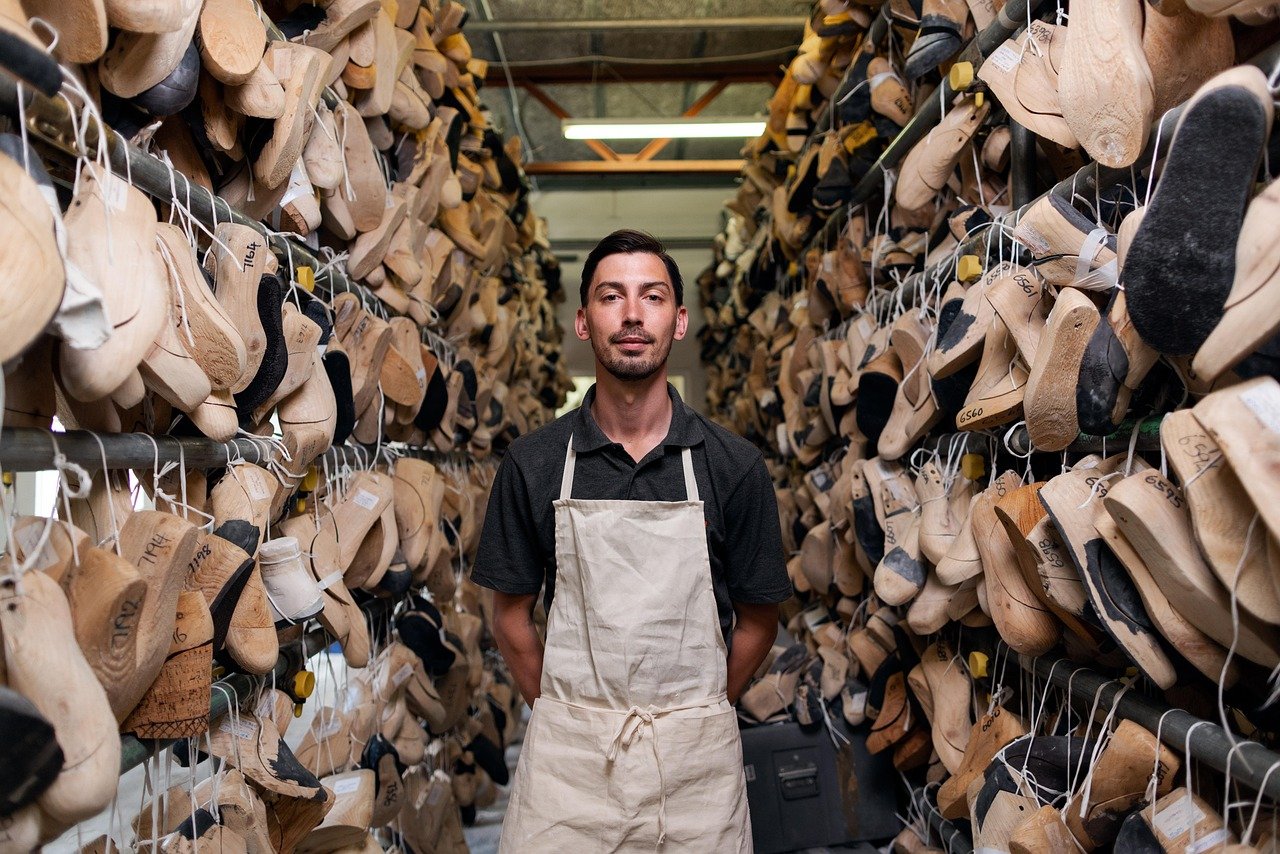Key Takeaways:
- Understanding the nuances of materials and fit can enhance your casual shoe selection process.
- Careful consideration of arch support, durability, and shoe care is integral for long-term usage.
- Utilizing reviews and balancing price with quality can lead to more intelligent purchases and value for money.
Introduction to Casual Footwear
The journey to find the ideal pair of men’s business casual shoes blends personal taste with practicality. Casual shoes are a pivotal component of everyday wear, bridging comfort, style, and functionality. As the wardrobe’s workhorse, they accompany us through countless occasions and are vital in expressing our style while providing the necessary support for our daily endeavors.
Casual shoes represent an intersection where ease meets elegance; hence, making an informed choice is more than mere aesthetics—it’s also about personal health and well-being.
Understanding Shoe Materials
As we delve into the materials used in men’s business casual shoes, it becomes apparent that each type offers distinct advantages and conveys a specific style message. Classic leather, highly regarded for its durability and sophistication, is a staple in this category. It naturally adapts to the shape of the wearer’s feet over time, ensuring a tailored fit that combines comfort with a polished look.
On the other hand, textiles such as canvas and breathable meshes fit the bill for a relaxed, breezy look and feel, perfect for weekend outings or a casual office environment.
It’s worth noting how each material responds differently to weather, wear, and tear. Materials like suede demand diligent care but reward with softness and suaveness, while synthetic options promise ease of maintenance and are often a cost-effective alternative.
Importance of the Right Fit
Procuring shoes that fit like a glove is pivotal. However, a ‘good fit’ definition encompasses more than picking the correct size. It’s about understanding the width of your feet, the room needed for movement, and responsiveness to the foot’s natural swelling during the day. Shoes that provide ample space for toes can help prevent conditions such as bunions or hammertoes. Yet, a fit that’s too loose can cause friction and lead to blisters. Hence, a precise balance is required to support every arch and contour without constricting or allowing excessive movement.
Style Versus Functionality
In casual footwear, there’s often a tug-of-war between style and functionality. However, savvy shoe choices are those that keep one for the other. A stylish shoe loses its appeal if it’s uncomfortable enough to wear often.
Conversely, shoes structured solely for comfort may need to be revised to elevate an outfit. The trick lies in identifying shoes with a versatile silhouette that can adapt to diverse clothing styles, making them a reliable option for impromptu outings and planned events.
Foot Arch Support and Comfort
Ignoring foot arch support is akin to building a house with a shaky foundation—you’re bound for trouble. Proper arch support in a shoe contributes to comfort and prevents foot strain and consequent body aches.
It’s essential to recognize your foot type—flat, high-arched, or neutral—and choose a shoe that caters to that specific arch design. The cushioning within the shoe is equally essential, as it bears the brunt of every step, acting as a shock absorber and providing a plush surface for your feet to rest upon throughout the day.
Durability and Craftsmanship
Durability is a testament to a shoe’s craftsmanship—a well-crafted shoe can endure the rigors of daily life while maintaining its form and function. The strength of the bond between the sole and upper, the stitching quality, and the material’s resistance to creasing and cracking all indicate a shoe’s potential longevity.
A visual inspection can reveal much about a shoe’s construction—uneven stitching or glue seeping out suggests cut corners. In contrast, a sturdily constructed pair exudes a confidence that speaks of lasting wear.
Traction and Sole Quality
Examining the sole reveals much about a shoe’s suitability for various activities. Soles engineered with superior traction can differentiate between a secure stride and a treacherous slip, particularly in inclement weather.
From thick treads for country walks to sleeker, flatter soles for urban environments, knowing what you need from the ground up can guide your selection process. Additionally, the wear pattern on your previous shoes can offer clues about your gait and necessary sole support, underscoring the tailored needs of your feet.
Seasonal Considerations and Shoe Choice
Your shoe selection should transition seamlessly with the seasons. Summer’s heat calls for lighter, breathable materials that can withstand the rise in temperature without suffocating the feet. In contrast, the chill of winter demands insulating materials that provide warmth without preceding moisture resistance.
As the climate dictates the practicality of materials and design, having a range of shoes to cater to these variations ensures your feet are appropriately dressed for any weather while reducing unnecessary wear on shoes not designed for extreme conditions.
Price Point and Budgeting for Shoes
Finding the intersection where affordability meets quality is a central consideration when purchasing shoes. Setting a practical budget that considers long-term value over upfront cost can lead to better investment in footwear.
Looking for trusted brands during sales periods or opting for classic styles that rarely go out of fashion can stretch your dollar further. Establishing a budget also prevents impulse purchases, prompting a more deliberate selection that considers all the essential factors rather than just the price tag.
Reviews and Feedback
The power of customer reviews cannot be overstated. In a market saturated with choices, firsthand consumer accounts can illuminate the truth amidst the marketing noise. Reviews can highlight aspects that might not be apparent at first glance, such as comfort after prolonged use, how well the shoe breathes, or the reality of the fit.
Conclusion
Ultimately, the quest for the perfect pair of casual shoes is a holistic process encompassing a wide range of considerations—each playing a pivotal role in your footwear’s overall satisfaction and performance.
Take a moment to reflect on these guiding principles, and you’ll find yourself not just walking in shoes that fit but in shoes that complement every aspect of your lifestyle. Comfort, style, and pragmatism can coexist, and in this synergy, you’ll discover the true joy of owning the perfect pair of casual shoes.


